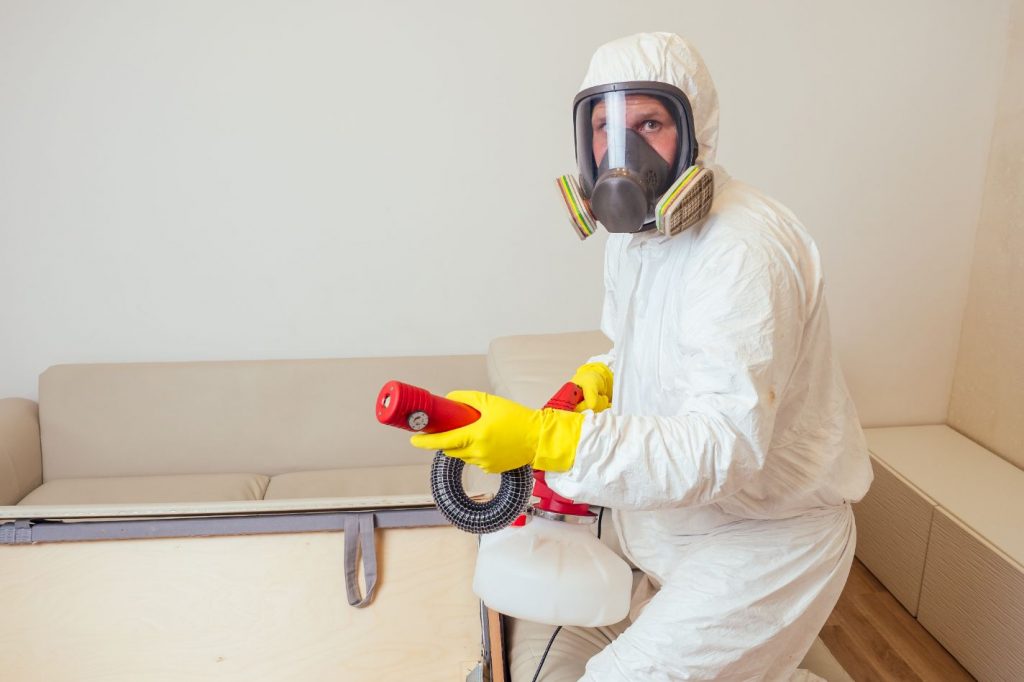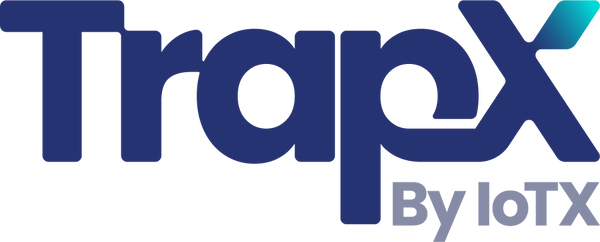What Are the Challenges of Hotel Pest Monitoring Today?
Share
In the bustling world of hospitality, maintaining a pristine and welcoming environment is paramount. However, one of the most persistent challenges that hotels face is managing pests. What are the challenges of hotel pest monitoring? This question is pivotal as it addresses the complexities involved in ensuring a pest-free environment, which is essential for guest satisfaction and hotel reputation.
Effective pest monitoring in hotels is not merely about setting traps or spraying chemicals; it involves a comprehensive strategy that encompasses prevention, early detection, and continuous monitoring. These aspects are crucial, but they also come with their own set of challenges that hotel management must navigate.

Identifying the Pests: A Constant Battle
One of the primary challenges of hotel pest monitoring is accurately identifying the type of pests that may invade the premises. Hotels can be susceptible to a variety of pests, including rodents, cockroaches, bed bugs, and ants. Each type of pest requires a different approach for effective control and eradication. Misidentification can lead to ineffective treatment and recurring infestations.
For instance, while bed bugs are notorious for their resilience and ability to hide in small crevices, rodents can cause structural damage and are often drawn to food sources. Understanding the specific behaviors and habitats of these pests is crucial for implementing a successful monitoring strategy.
The Impact of Environmental Factors
Another significant challenge is the influence of environmental factors on pest activity. Seasonal changes can affect pest behavior, making them more active during certain times of the year. For example, warmer months might see an increase in ant and cockroach activity, while rodents may seek shelter indoors during colder months.
Hotels must adapt their pest monitoring strategies to account for these fluctuations. This requires a dynamic approach that involves regular training for staff and updates to monitoring equipment and techniques. For more insights on seasonal strategies, visit seasonal rodent control strategies.
Maintaining a Discreet Monitoring System
Guests expect a clean and pest-free environment, but they also expect discretion. Visible pest control measures can negatively impact a hotel's image and guest experience. Therefore, hotels face the challenge of maintaining a discreet monitoring system that effectively detects and controls pests without being intrusive.
Innovative solutions such as smart traps and AI-driven monitoring systems offer promising alternatives. These technologies allow for real-time monitoring and data collection, enabling hotel staff to respond swiftly to any pest activity. Learn more about how AI improves hotel pest monitoring by visiting how AI improves hotel pest monitoring.
Compliance with Health and Safety Regulations
Hotels must adhere to strict health and safety regulations regarding pest control. These regulations are designed to protect guests and staff from the risks associated with pest infestations, such as disease transmission and food contamination. Compliance often requires hotels to implement comprehensive Integrated Pest Management (IPM) strategies, which can be resource-intensive.
IPM involves a combination of preventive measures, sanitation, and monitoring to manage pests in an environmentally friendly manner. However, implementing such strategies requires ongoing commitment and investment in staff training and equipment. For more information on IPM, you can explore the differences between pest control and IPM.
Balancing Costs and Effectiveness
Cost is another significant consideration for hotels when it comes to pest monitoring. Implementing effective pest control measures can be expensive, and hotels must balance these costs with their overall operating budget. Investing in high-quality monitoring systems and hiring skilled personnel can strain financial resources, especially for smaller establishments.
However, the cost of neglecting pest control can be far greater. Infestations can lead to negative reviews, loss of business, and potential legal liabilities. Therefore, hotels must weigh the long-term benefits of investing in robust pest monitoring solutions against the immediate financial outlay.
Integrating Technology in Pest Monitoring
The advent of technology has revolutionized pest monitoring in the hospitality industry. From smart traps to real-time data analytics, technology offers innovative solutions to traditional pest control challenges. However, integrating these technologies into existing hotel operations can be challenging.
Hotels need to ensure that staff are adequately trained to use new technologies and that these systems are seamlessly integrated into daily operations. Additionally, staying up-to-date with the latest advancements can be daunting, especially in a rapidly evolving field. To understand more about how hotels can monitor pests without chemicals, check out how hotels monitor for pests without chemicals.
Conclusion
In conclusion, the challenges of hotel pest monitoring are multifaceted and require a comprehensive approach. From identifying pests and adapting to environmental changes to maintaining discretion and complying with regulations, hotels must navigate a complex landscape to ensure a pest-free environment. By investing in technology and staff training, hotels can effectively address these challenges and uphold their reputation for excellence in hospitality.
For those interested in learning more about pest management in hotels, Ecolab's hotel pest control solutions provide valuable insights and resources.

FAQs
What are common pests found in hotels?
Common pests include bed bugs, cockroaches, rodents, and ants. Each requires different control methods.
How can hotels prevent pest infestations?
Hotels can prevent infestations by implementing Integrated Pest Management strategies, regular monitoring, and staff training.
What role does technology play in pest monitoring?
Technology plays a crucial role by offering real-time monitoring and data analytics, which help in early detection and effective control of pests.
